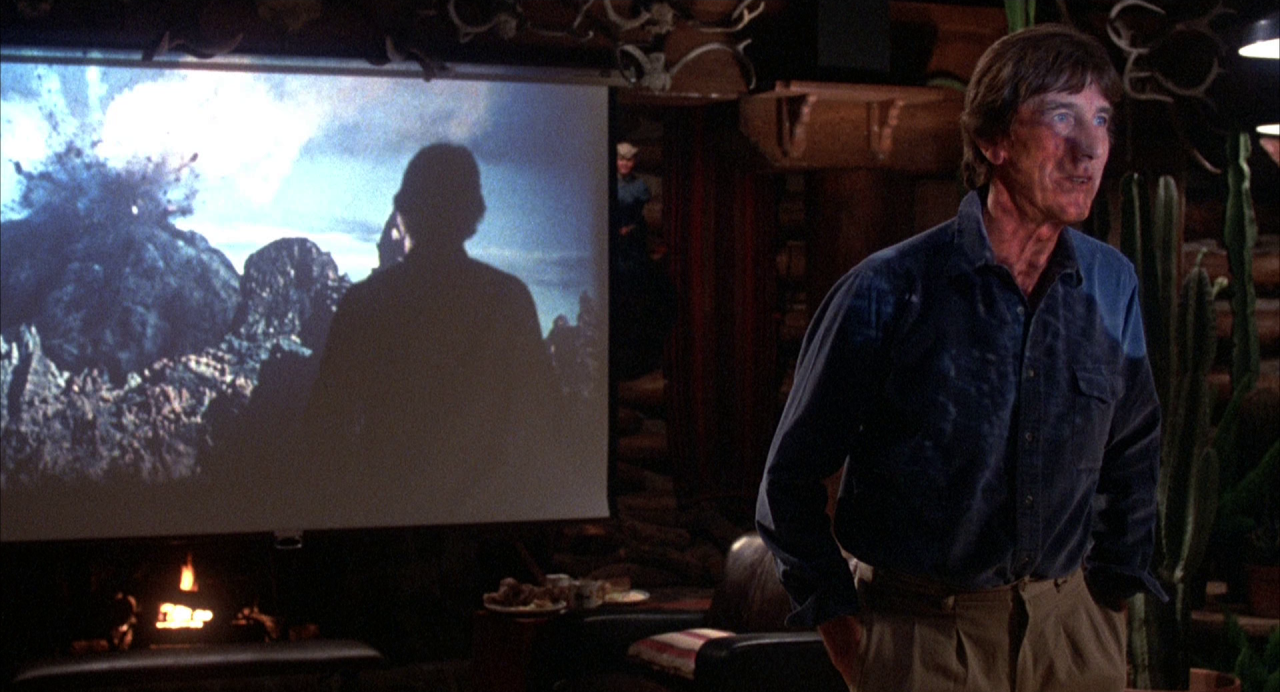
One Million Years B.C Game Java
Provinces,,,,, Largest settlement (pop. 10,135,030) Demographics Population 145 million (2015) Pop. Density 1,121 /km 2 (2,903 /sq mi) Ethnic groups (inc.,,, ), (inc., ),,, etc. This article contains letters from the. Without proper, you may see instead of. Java (: Jawa;: ꦗꦮ;: ᮏᮝ) is an of, bordered by the on the south and the on the north.
Feb 14, 2001 - 'As geeky as it sounds, I had a crush on John Glenn,' said WTIC-AM morning. He especially loved her in the 1966 movie 'One Million Years B.C.,' where he.  'After a game of Spin the Bottle,' he said, 'it got even better.'
'After a game of Spin the Bottle,' he said, 'it got even better.'
With a population of over 141 million (Java only) or 145 million (including the inhabitants of its surrounding islands), Java is the home to 56.7 percent of the and is the world's. The capital city,, is located on its coast.
Much of Indonesian history took place on Java. It was the center of powerful Hindu-Buddhist empires, the Islamic sultanates, and the core of the colonial. Java was also the center of the during the 1930s and 1940s. Java dominates politically, economically and culturally. Four of Indonesia's eight UNESCO world heritage sites are located in Java:,,,. Formed mostly as the result of volcanic eruptions from geologic subduction between and, Java is the in the world and the in by landmass at about 138,800 square kilometres (53,600 sq mi).
A chain of volcanic mountains forms an east–west spine along the island. Three main languages are spoken on the island:,, and, where Javanese is the most spoken; it is the native language of about 60 million in Indonesia, most of whom live on Java. Furthermore, most residents are, speaking (the official language of Indonesia) as their first or second language. While the majority of the people of Java are, Java's population comprises people of diverse religious beliefs, ethnicities, and cultures. Java is divided into four administrative provinces,,,, and, and two special regions,. In Java lies between to the west and to the east.
Lies to the north and is to the south. Java is surrounded by the to the north, to the west, the to the south and and in the east. Java is almost entirely of origin; it contains thirty-eight forming an east–west spine that have at one time or another been active. The highest volcano in Java is Mount (3,676 metres (12,060 ft)). The most active volcano in Java and also in Indonesia is (2,930 metres (9,610 ft)). In total, Java boast more than 150 mountains. More mountains and highlands help to split the interior into a series of relatively isolated regions suitable for cultivation; the rice lands of Java are among the richest in the world.
Java was the first place where was grown, starting in 1699. Today, is grown on the Ijen Plateau by small-holders and larger plantations. Highland near, c.
1865–1872 The area of Java is approximately 150,000 square kilometres (58,000 sq mi). It is about 1,000 km (620 mi) long and up to 210 km (130 mi) wide. The island's longest is the 600 km long. The river rises from its source in central Java at the volcano, then flows north and eastward to its mouth in the near the city of. Other major rivers are,,.
The average temperature ranges from 22 °C (72 °F) to 29 °C (84 °F); average humidity is 75%. The northern coastal plains are normally hotter, averaging 34 °C (93 °F) during the day in the. The south coast is generally cooler than the north, and highland areas inland are even cooler. The begins in November and ends in April. During that rain falls mostly in the afternoons and intermittently during other parts of the year.